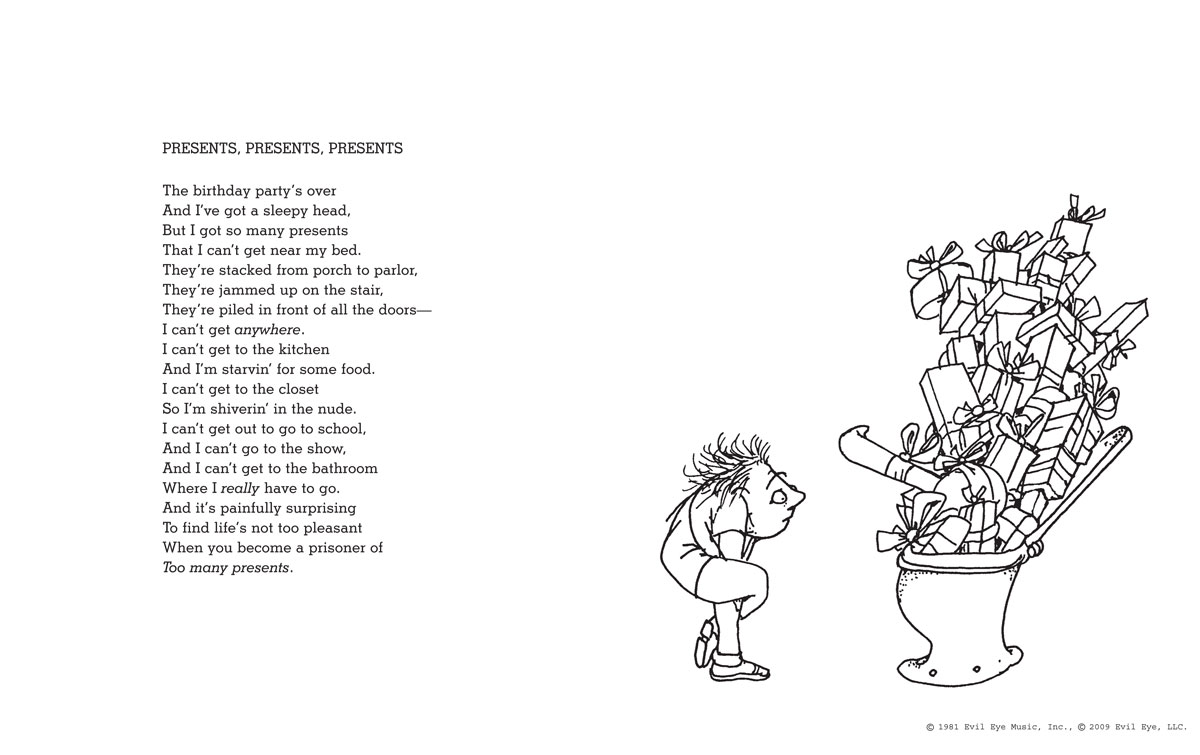

Around this time, he branched out into music, recording his first album, Hairy Jazz (1959), a record containing several standards and a couple of original songs. In 1960, Silverstein’s collected cartons, Now Here's My Plan: A Book of Futilities, would appear with one of his most famous drawings adorning the cover.

He also began publishing his own books of cartoons, beginning with Take Ten (1955) and Grab Your Socks (1956). While at Playboy in the 1950s, Silverstein also began exploring other areas of creativity, including writing and music, and he contributed poems to the magazine, including "The Winner" and "The Smoke-off," and wrote the books Playboy's Teevee Jeebies and its sequel, More Playboy's Teevee Jeebies: Do-It-Yourself Dialogue for the Late Late Show. Silverstein's cartoons appeared in every issue of Playboy, riding the high-point of its popularity, from 1957 through the mid-1970s. After his stint in the Army was up, he soon began drawing cartoons for magazines such as Look and Sports Illustrated, but it was his work for Playboy magazine that began garnering Silverstein national recognition. Army in 1950 and served in Korea and Japan, becoming a cartoonist for Stars & Stripes magazine. Early Careerīorn in Chicago, Illinois on September 25, 1930, Shel Silverstein enlisted in the U.S.

Shel Silverstein studied music and established himself as a musician and composer, writing songs including “A Boy Named Sue,” popularized by Johnny Cash, and Loretta Lynn’s “One’s on the Way.” Silverstein also wrote children’s literature, including The Giving Tree and the poetry collection A Light in the Attic.


 0 kommentar(er)
0 kommentar(er)
